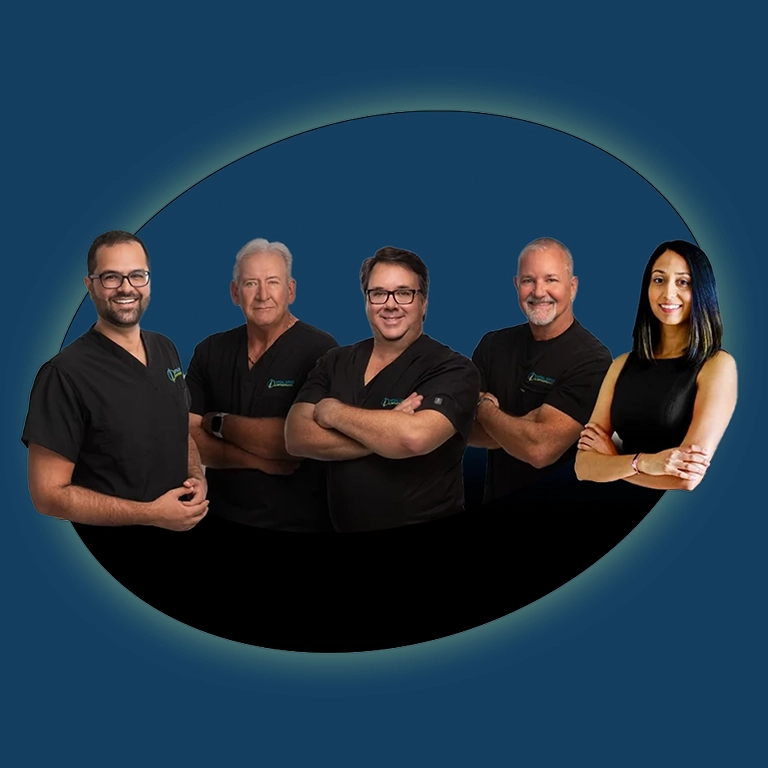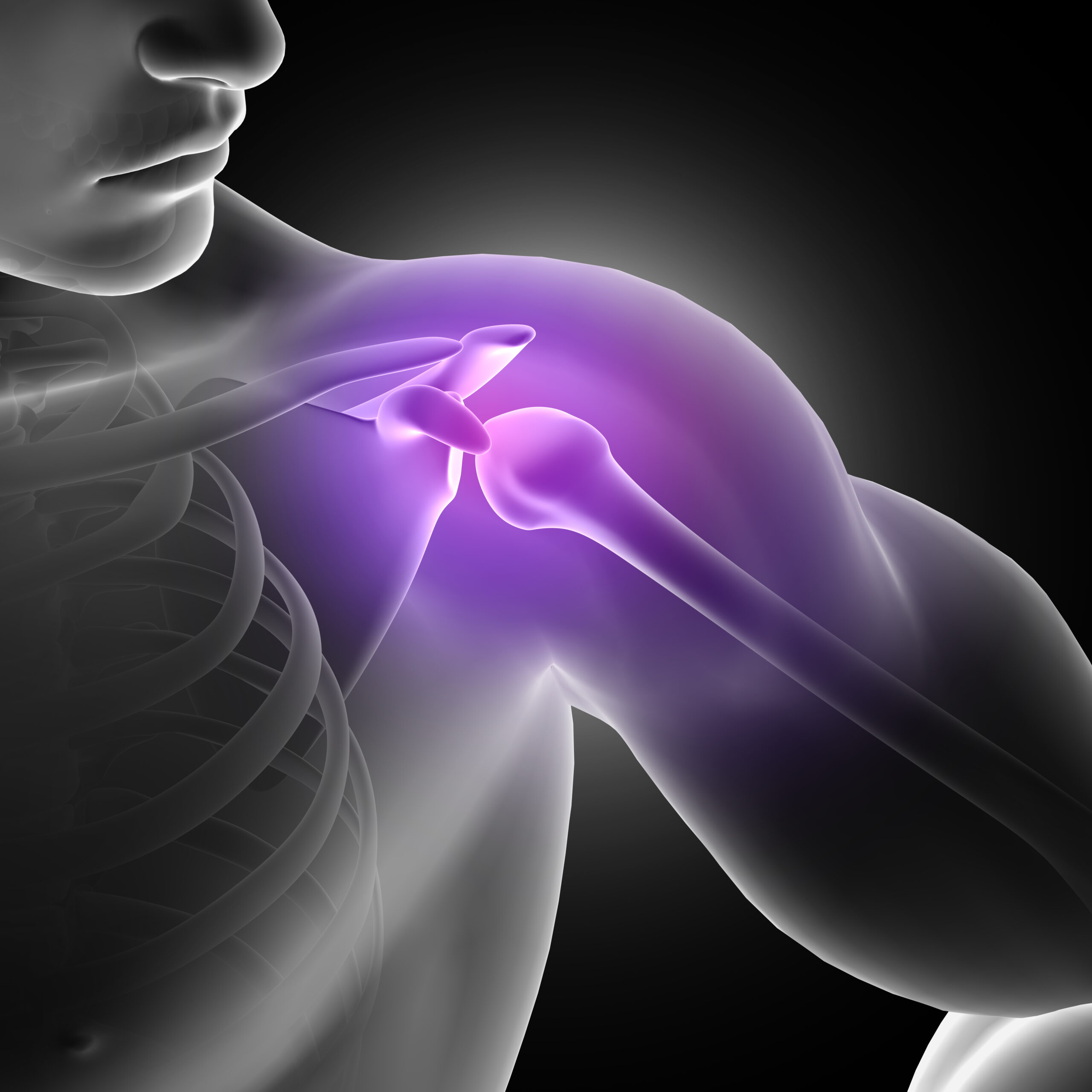What Is Stem Cell Therapy and How Does It Work?
Why Choose Total Spine Wellness for Disc Regeneration?
At Total Spine Wellness, we lead with experience, compassion, and innovation. Our customized regenerative protocols, state-of-the-art imaging, and multi-specialty team ensure your spine gets the attention it deserves.
We also offer a wide range of related treatments, including:
- Endoscopic Spine Surgery
- Stem Cell Therapy
- PRP Therapy
- Disc Regeneration
If you’ve been silently battling disc pain and wondering if there’s any hope for healing, you’re not alone. It’s natural to ask can spinal discs regenerate—and thankfully, the answer today is more promising than ever. At Total Spine Wellness, we use advanced techniques designed to help regenerate disc tissue, reduce pain, and restore function. Whether you’re newly diagnosed or have been living with this for years, it’s never too late to explore your options. can a degenerated disc regenerate fully? With the right care plan and expert guidance, significant healing is absolutely possible.
Book your consultation today and take the first step toward long-term relief and a healthier spine.
Stem Cell Therapy
Introduction
Stem cell treatment is a regenerative medical therapy that uses the body’s own cells to repair, replace, or regenerate damaged tissues. In simple terms, it helps your body heal itself — naturally. It’s increasingly being used to treat orthopedic conditions like joint pain, arthritis, and spine injuries, offering an alternative to surgery.
Unlike traditional treatments that only manage symptoms, stem cell therapy targets the root cause of pain by stimulating tissue repair and regeneration. This is why more people are turning to regenerative medicine for long-term recovery rather than temporary relief.
To learn more about regenerative approaches, visit the Comprehensive Guide to Stem Cell Therapy.
Types of Stem Cells
There are several types of stem cells used in medical treatments. The most common ones include:
- Adult (Mesenchymal) Stem Cells (MSCs) – Derived from bone marrow or fat tissue, these are used for most orthopedic therapies.
- Embryonic Stem Cells – Found in early-stage embryos and have the potential to form any cell type (not typically used in U.S. clinical practice due to ethical and regulatory reasons).
- Induced Pluripotent Stem Cells (iPSCs) – Created in labs from adult cells reprogrammed to act like embryonic ones.
- Amniotic or Umbilical Cord Stem Cells – Collected at birth and sometimes used in allogeneic (donor-based) treatments.
👉 The “best” type depends on the patient’s condition and regulatory approval. In orthopedics, bone marrow aspirate concentrate (BMAC) and adipose-derived stem cells (SVF) are most common.
Learn about related advances in Regenerative Medicine 2025: Breakthrough Treatments You Need to Know.
How Does Stem Cell Therapy Work?
Stem cell therapy works by harvesting and re-injecting your own regenerative cells into the damaged area.
In 5 simplified steps:
- A physician extracts stem cells from your bone marrow or adipose tissue.
- The cells are processed and concentrated in a sterile environment.
- The prepared stem cells are injected into the injured joint or tissue.
- The cells reduce inflammation and release growth factors.
- Over time, they help repair cartilage, muscle, tendon, or ligament tissue.
This approach is minimally invasive, meaning no hospital stay or long recovery.
For a deeper look at this process, visit How Stem Cell Treatment Works: A Step-by-Step Look Inside Regenerative Healing.
Applications of Stem Cells in Medicine
Stem cell treatments are used in a wide range of medical fields. Some key applications include:
- Orthopedics: Knee arthritis, shoulder injuries, spine pain, and tendon tears.
- Neurology: Conditions like Parkinson’s disease or stroke recovery.
- Cardiology: Repairing damaged heart tissue post–heart attack.
- Aesthetics: Skin rejuvenation and hair restoration.
- Autoimmune Disorders: Reducing inflammation and modulating immune response.
Stem cell therapy has shown particularly strong results for joint pain and degenerative conditions, helping patients return to active lifestyles without surgery.
You can explore specific options at Stem Cell Therapy.
9 Things to Know About Stem Cell Treatments
- Stem cells are not “miracle cures,” but science-backed regenerative tools.
- Results vary depending on age, injury severity, and overall health.
- Most patients experience improvement in pain, mobility, and function within weeks.
- FDA regulations allow the use of autologous (self-derived) cells for orthopedic use.
- It’s critical to choose a licensed, reputable medical center.
- The procedure is outpatient and usually takes 1–2 hours.
- Some patients require multiple sessions for best results.
- Post-procedure physical therapy improves outcomes.
- Research continues to refine its long-term effectiveness.
For credible information, visit the U.S. FDA’s consumer page on regenerative medicine.
Treatment Goals of Stem Cell-Based Therapies
The main goal of stem cell therapy is to restore normal tissue structure and function.
Here’s what it aims to achieve:
- Reduce chronic inflammation
- Repair cartilage and connective tissue
- Improve joint flexibility and range of motion
- Delay or prevent surgical intervention
- Support long-term healing rather than masking pain
This is why many patients with degenerative knee or spine issues find stem cell therapy an appealing, natural solution.
For personalized evaluation, explore Total Spine Wellness.
Why Many Clinics Offering Stem Cell Treatments Make Unsupported Claims
Unfortunately, not all providers follow ethical standards. Some clinics advertise “miracle cures” for unproven uses — such as anti-aging or neurological recovery — without FDA oversight.
The FDA clearly states that only certain autologous uses (where the patient’s own cells are minimally manipulated) are currently authorized. Always verify your provider’s credentials and regulatory compliance before starting treatment.
This protects you from unverified or unsafe products.
Is Stem Cell Therapy Right for You?
Stem cell therapy may be suitable if you suffer from:
- Mild to moderate osteoarthritis
- Tendon or ligament injuries
- Chronic joint pain not responding to physical therapy
- Early cartilage loss
However, it may not be ideal for patients with advanced “bone-on-bone” arthritis or certain systemic diseases.
Quick
Stem cell treatment is right for individuals with early to moderate joint degeneration who want a natural, non-surgical alternative for pain relief and tissue repair.
What to Ask Your Doctor Before Starting Stem Cell Therapy
Before committing, ask your doctor these key questions:
- What type of stem cells do you use — bone marrow or adipose?
- Is the treatment FDA-compliant and performed by licensed physicians?
- How many treatments are typically needed?
- What outcomes should I realistically expect?
- What’s the post-procedure recovery plan?
Choosing a transparent, evidence-based provider ensures the best experience and safety.
Conclusion: Heal Naturally with Stem Cell Therapy
Stem cell treatment represents one of the most promising frontiers in modern medicine — offering regeneration instead of replacement. While it’s not a universal cure, it provides a scientifically supported, low-risk path toward improved mobility and pain relief.
If you’re seeking a safe, personalized approach to joint or spine recovery, consult the specialists at Total Spine Wellness to see if regenerative therapy is right for you.
🩺 Schedule your consultation today and take the first step toward natural healing.
10. FAQs
What is stem cell treatment used for?
It’s used to repair and regenerate damaged tissues — commonly in the knee, shoulder, spine, and hip — reducing pain and improving mobility.
How long does it take to see results?
Most patients begin to notice improvements in 4–8 weeks, with full benefits developing over several months.
Is stem cell therapy FDA-approved?
The FDA permits autologous use (your own stem cells) for orthopedic applications under strict guidelines.
Is stem cell therapy painful?
It’s minimally invasive, performed under local anesthesia, and involves little to no downtime.
How do I know if it’s right for me?
A regenerative medicine specialist can evaluate your condition and determine if you’re a good candidate based on your medical history and imaging results.
Table Of Contents
- Introduction
- Types of Stem Cells
- How Does Stem Cell Therapy Work?
- Applications of Stem Cells in Medicine
- 9 Things to Know About Stem Cell Treatments
- Treatment Goals of Stem Cell-Based Therapies
- Why Many Clinics Offering Stem Cell Treatments Make Unsupported Claims
- Is Stem Cell Therapy Right for You?
- What to Ask Your Doctor Before Starting Stem Cell Therapy
- Conclusion: Heal Naturally with Stem Cell Therapy
- FAQs




